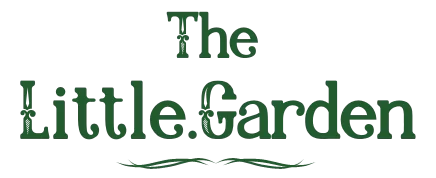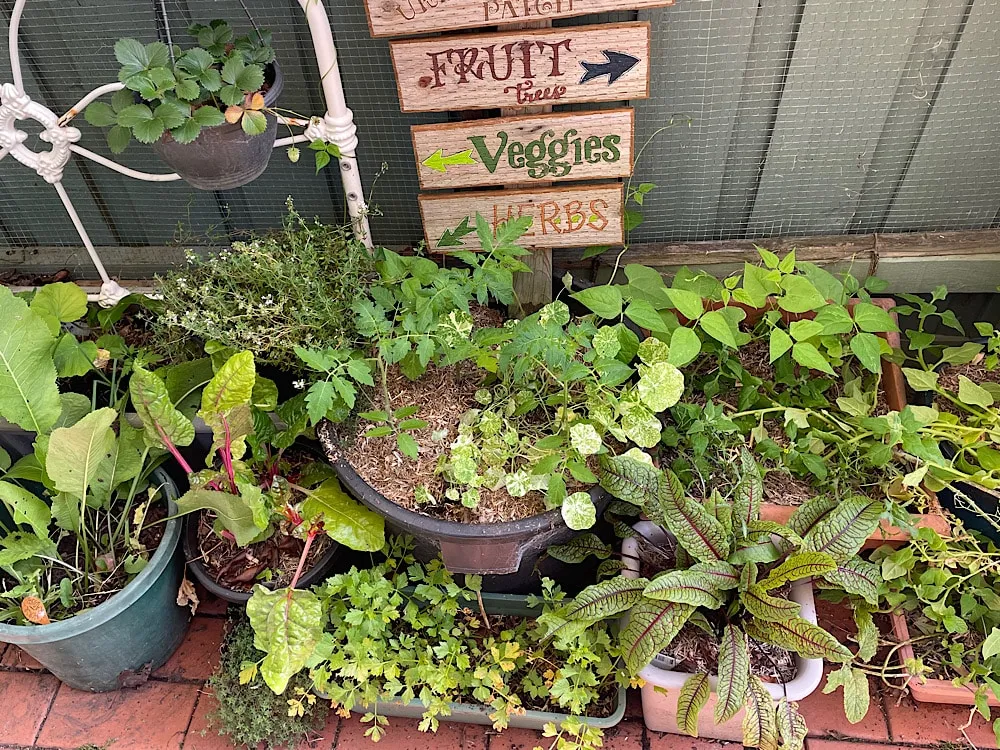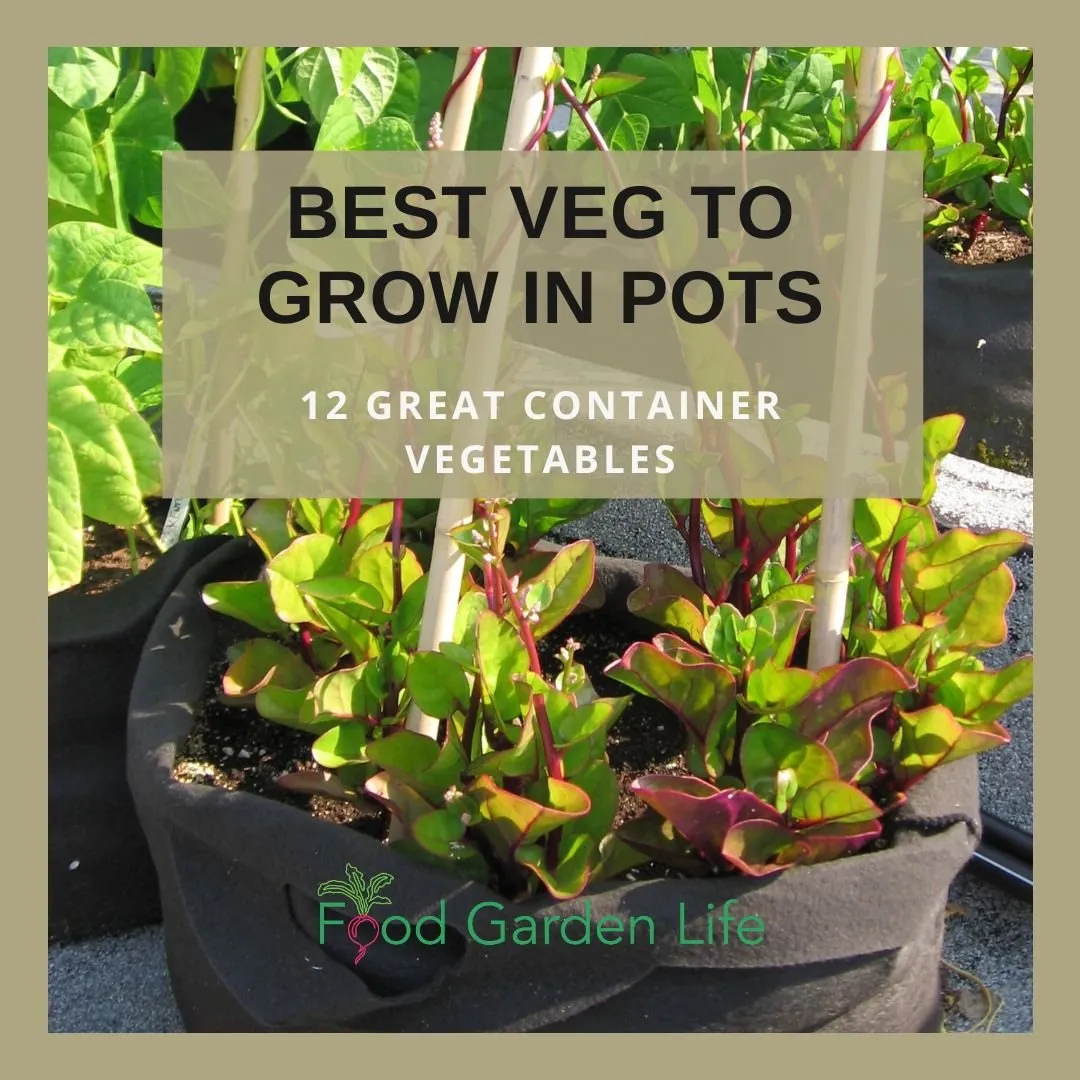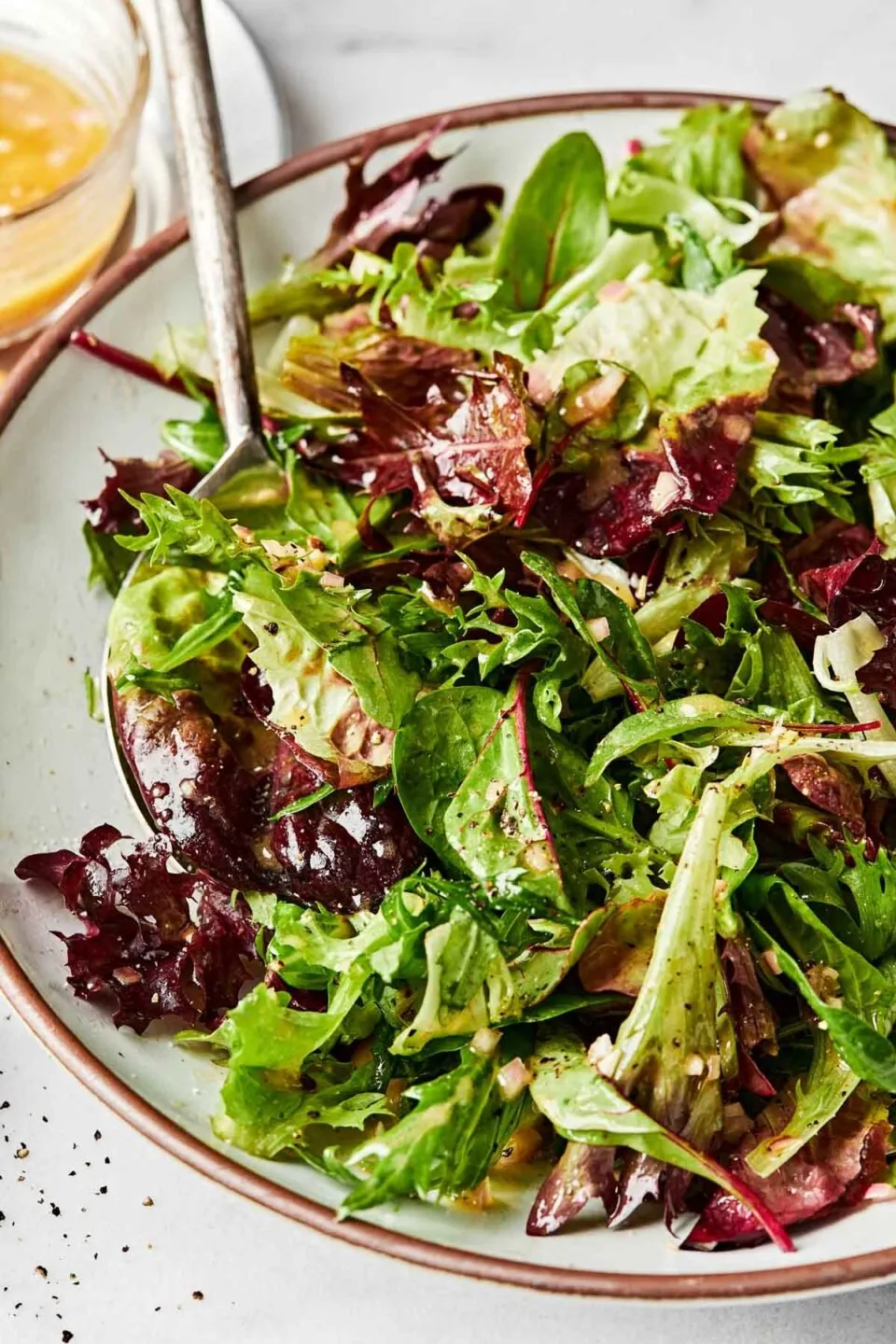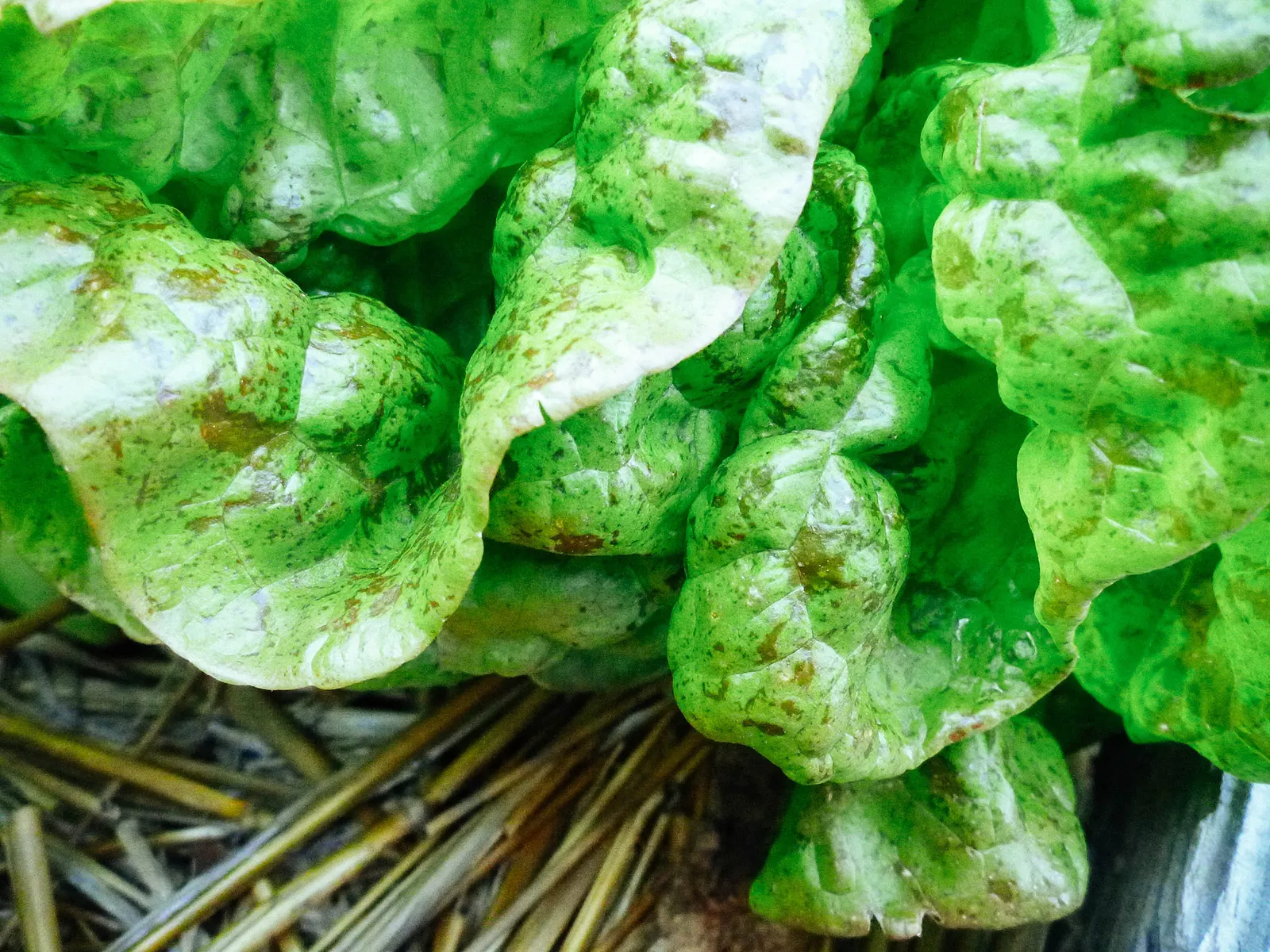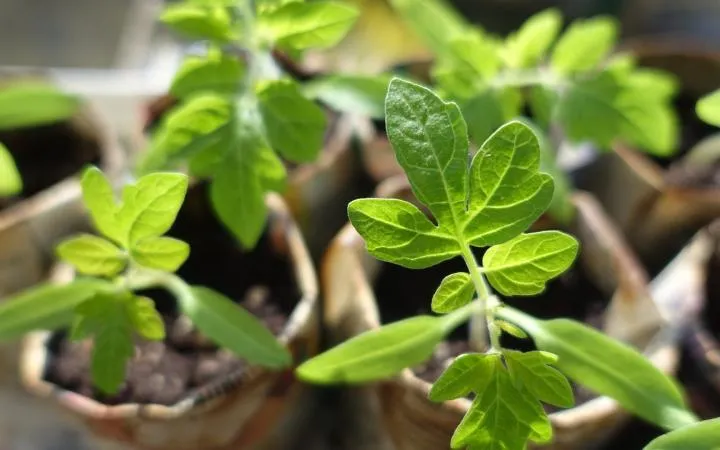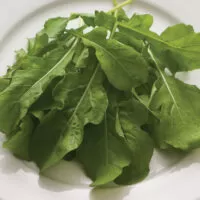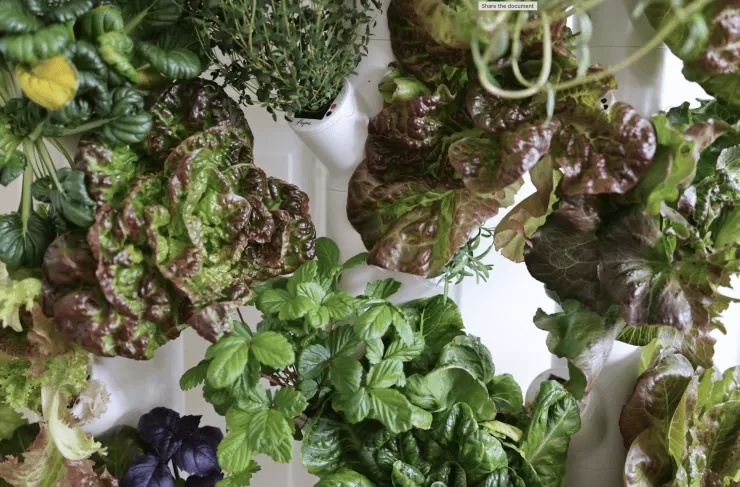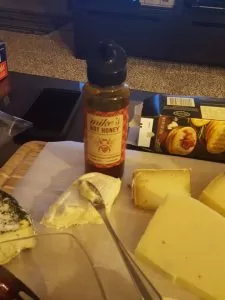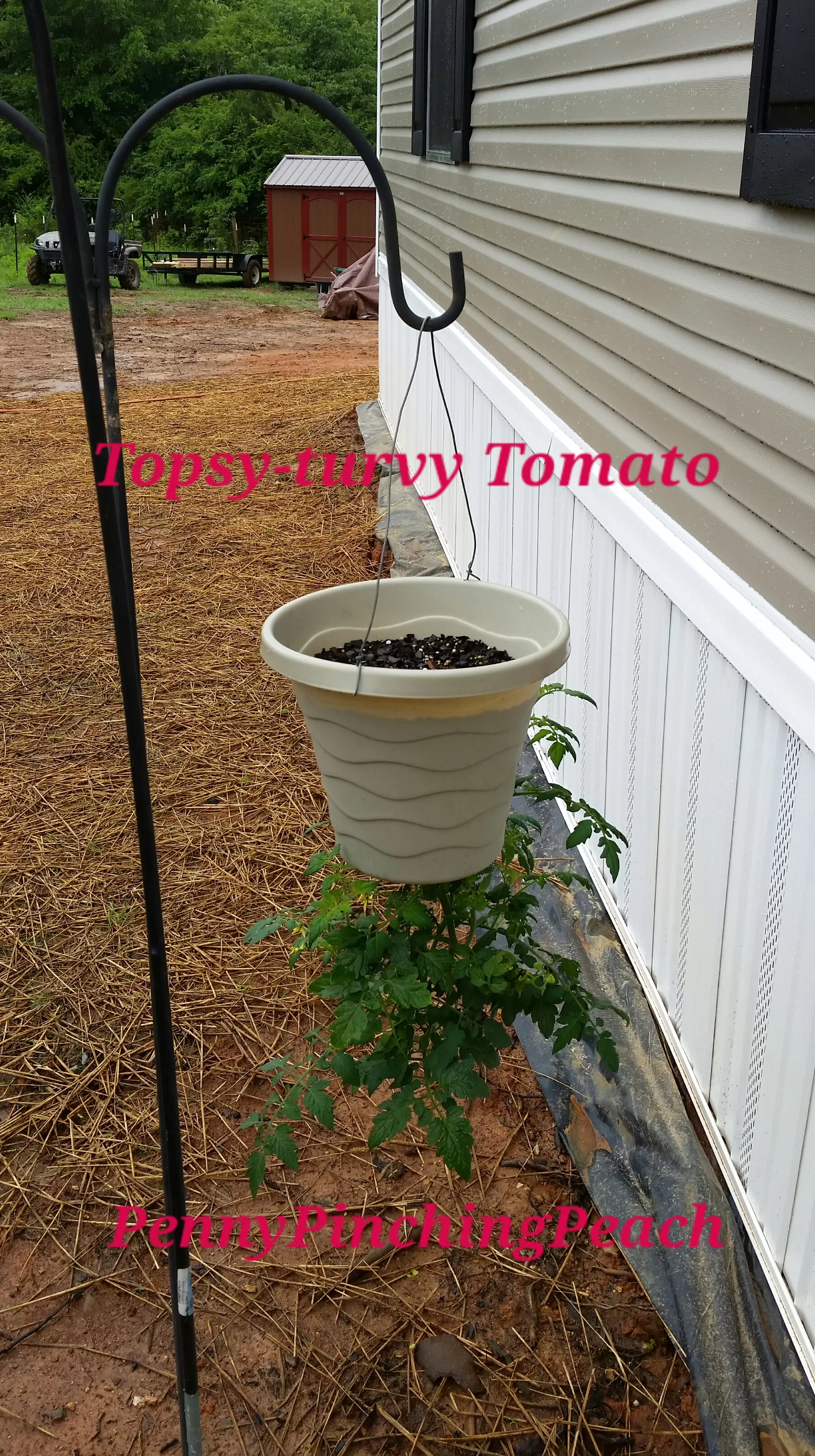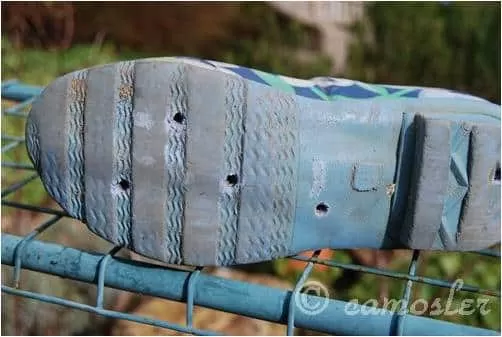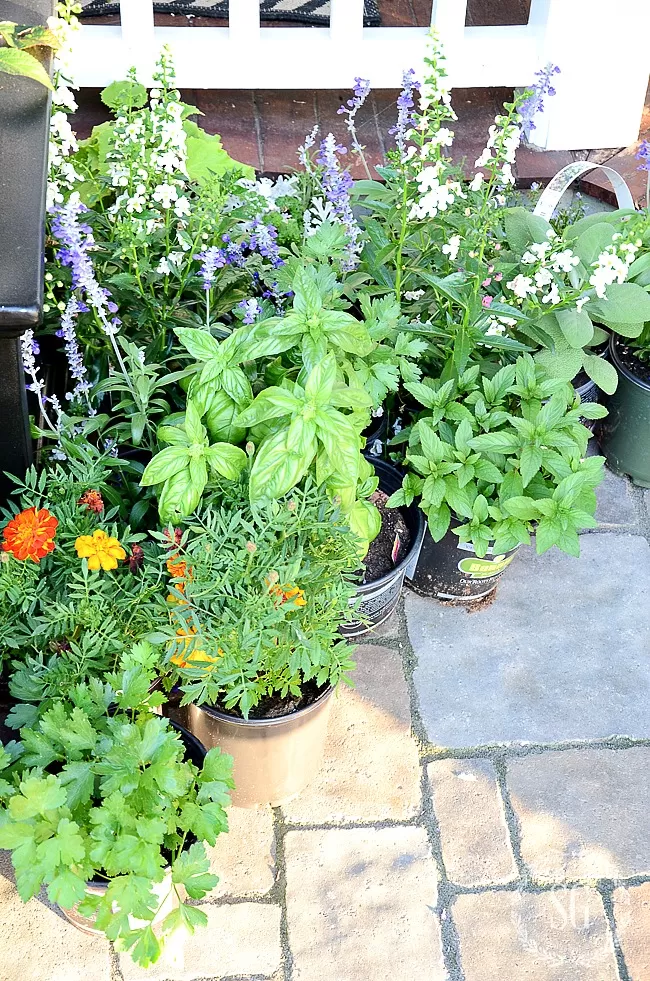Want to bring a unique touch to your floral displays? Look no further than your own garden! Incorporating edible elements into your arrangements adds beauty, texture, scent, and a delightful surprise for anyone who sees them.
Here are some key takeaways about creating edible flower vase arrangements:
- Edible additions like vegetables, herbs, and flowers add unexpected beauty and conversation starters to bouquets.
- Many popular edibles are easy to grow from seed and thrive in a variety of conditions.
- Careful harvesting and conditioning are key to maximizing the vase life of edible elements.
- Specific varieties of edible plants can be chosen for their unique colors, shapes, and textures perfect for floral design.
- Beyond flowers, consider vines, foliage, and even small fruits or vegetables to add interest.
Imagine a vibrant bouquet on your table, bursting not just with blooms, but with pops of color from cherry tomatoes, the delicate tendrils of pea vines, or the rich purple foliage of basil. Creating edible flower vase arrangements is a passion of mine because it bridges the gap between the beauty of a floral display and the practical joy of gardening. It’s a simple way to add a truly personal and engaging element to your home decor. I’ve loved experimenting over the years, tucking unexpected treasures from the garden into bouquets – from crisp carrots in a chef’s arrangement to fragrant herbs woven through centerpieces. It’s amazing how people light up when they recognize something they can eat mixed in with the flowers! If you’re planning your garden this year, I strongly encourage you to dedicate a little space to these dual-purpose beauties. They’re not only stunning in a vase but also delicious in the kitchen.
Contents
- Vegetables & Fruits That Steal the Show
- Peas
- Tomatoes
- Tomatillos
- Fragrant Herbs for Texture and Scent
- Basil
- Dill
- Oregano
- Orach
- Shiso
- Edible Flowers: Beauty You Can Eat!
- Nasturtiums
- Bachelor’s Buttons
- Calendulas
- Marigolds
- Pansies & Violas
- Other Edible Wonders
- Ornamental Squash & Pumpkins
- Raspberries
- Bringing Your Edible Garden to the Vase
Vegetables & Fruits That Steal the Show
Beyond traditional blooms, many garden favorites offer incredible texture, form, and color for your arrangements. Using vegetables and fruits brings a touch of the unexpected and grounds your display in the bounty of the season.
Peas
Fresh peas and young pods aren’t just for snacking; their delicate vines and beautifully colored pods make a unique addition to bouquets. They thrive in cooler weather and need support to climb.
- Light: Full sun (at least 6 hours daily)
- Growing: Cool-weather crop, direct-seed early spring, requires trellising.
- Vase Use: Harvest stems when pods are brightly colored. Handle delicate vines carefully. Expect 5-7 days vase life.
- Note: Garden peas are edible, but sweet pea seeds are poisonous. Be sure you know which you are growing!
Two heirloom varieties offer exceptional visual appeal:
- ‘Blue Podded Blauwschokkers’: Produces stunning dark purple pods perfect for shelling, adding a cool-toned contrast.
- ‘Golden Sweet’: Offers delightful chartreuse-yellow snow pea pods on vining stems, a real conversation starter.
 Pea vines with blue-purple pods growing on a trellis at a garden
Pea vines with blue-purple pods growing on a trellis at a garden
Tomatoes
A garden staple and my absolute favorite vegetable to include in bouquets! Small-fruited varieties spill beautifully over the edges, adding vibrant color and shape.
- Light: Full sun
- Growing: Heat-loving, start seeds indoors 8-10 weeks before last frost, transplant after all danger of frost. Benefits from heat like a hoop house or plenty of sun outdoors.
- Vase Use: Harvest stems when fruit clusters are fully formed but before they fully color and loosen. Remove most leaves to prevent wilting. Expect 4-5 days vase life.
Some favorites for floral design:
- ‘Currant Red’: Abundant long stems loaded with tiny, sweet red fruit all summer.
- ‘Chocolate Cherry’: Medium-sized fruit with unique coloring, ripening from striped green to chocolate brown with green streaks.
- ‘Indigo Rose’: Eye-catching 8-10 inch stems with glossy black fruit, stunning in arrangements (though less favored for eating).
 A floral centerpiece arrangement featuring cherry tomatoes mixed in with flowers
A floral centerpiece arrangement featuring cherry tomatoes mixed in with flowers
 Harvesting clusters of small tomatoes on the vine for use in floral design
Harvesting clusters of small tomatoes on the vine for use in floral design
Tomatillos
Easy to grow and incredibly productive, tomatillos add fascinating lantern-like pods to arrangements. Their tangy fruit is perfect for salsas.
-
Light: Full sun
-
Growing: Heat-loving, start seeds indoors 4-6 weeks before last frost, transplant after danger of frost and soil warms. Benefits from a trellis or cage.
-
Vase Use: Harvest once the papery husks have formed around the fruit. Expect 7 days vase life.
-
Tomatillo ‘Verde’: A reliable variety producing abundant green husks that add unique texture and shape to bouquets.
 Close-up of a green tomatillo fruit inside its papery husk
Close-up of a green tomatillo fruit inside its papery husk
Fragrant Herbs for Texture and Scent
Herbs are dual-purpose powerhouses, providing essential flavors for the kitchen and wonderful texture and fragrance for your floral designs. They add an aromatic layer that traditional flowers can’t match.
Basil
A summer garden essential! Basil is fragrant, abundant, and comes in many varieties perfect for culinary and aesthetic use.
- Light: Full sun
- Growing: Sensitive to cold, start indoors 6 weeks before last frost, transplant only after all frost danger and soil warms.
- Vase Use: For floral design, harvest when stems firm up or flowers begin to form. Harvest in the coolest part of the day and hydrate immediately. Expect 7-10 days vase life, often roots in water.
Stunning basil varieties for bouquets:
- ‘Aromatto’: Tall, dark purple stems with glossy, plum-veined leaves and amethyst flower spikes. Adds spicy licorice/mint notes.
- ‘Cinnamon’: Green leaves with chocolate-colored stems topped with dark purple flowers, offering an unforgettable cinnamon scent.
 Side-by-side comparison showing two varieties of basil foliage and stems
Side-by-side comparison showing two varieties of basil foliage and stems
Dill
A kitchen garden favorite, dill’s feathery foliage and delicate chartreuse flower umbels are surprisingly beautiful in arrangements.
-
Light: Full sun
-
Growing: Can be started indoors 4 weeks before last frost (transplant gently) or direct-seeded after frost. Requires support. Successive plantings extend harvest.
-
Vase Use: Harvest when umbels are fully open and yellow-green. Remove base foliage. Expect 7-10 days vase life.
-
‘Bouquet’: An early-maturing variety with tall stems and large, striking chartreuse umbels, perfect for summer bouquets.
 Bright chartreuse dill flower umbels with feathery foliage
Bright chartreuse dill flower umbels with feathery foliage
Oregano
True Greek oregano is a hardworking perennial providing fragrant leaves for cooking and airy white blossoms turning into fluffy seed heads for design.
-
Light: Full sun
-
Growing: Start seeds indoors 8-10 weeks before last frost, requires light to germinate (do not cover seed). Transplant after all frost danger. Perennial, may flower first year from early sowing.
-
Vase Use: Harvest at any stage (flower or seed head). Expect 7-10 days vase life.
-
Greek Oregano: Features glowing green stems topped with fragrant white flowers that develop into lovely green seed heads, a must-grow for texture and fragrance.
 Close-up of flowering Greek oregano with green foliage and airy white blossoms
Close-up of flowering Greek oregano with green foliage and airy white blossoms
Orach
A friend’s garden introduced me to orach, and I’ve been hooked ever since! Its young leaves are edible like spinach, and mature plants offer gorgeous, seedy stems.
- Light: Full sun
- Growing: Start seeds indoors 4-6 weeks before last frost, transplant after frost. Can also be direct-seeded after frost.
- Vase Use: Fresh stems harvested early benefit from a quick dip in boiling water (7-10 seconds). Seeded stems need no special treatment. Can last up to 2 weeks in the vase.
Striking varieties for visual interest:
- Caramel Apple Mix: Includes brilliant Granny Smith green and rich chocolatey crimson foliage.
- ‘Ruby Gold’: Features eye-catching acid green foliage with cranberry-streaked stalks and a mix of dusty rose and moss-colored seeds.
 Side-by-side comparison of two varieties of Orach foliage and seed heads
Side-by-side comparison of two varieties of Orach foliage and seed heads
Shiso
Also known as perilla, shiso is in the mint family with a basil-like flavor. Its striking foliage adds exceptional texture and color to arrangements.
-
Light: Full sun
-
Growing: Freeze seeds 2-3 weeks before sowing to improve germination. Sow indoors 4 weeks before last frost. Requires light to germinate (sow shallowly).
-
Vase Use: Harvest when foliage is thick and stems are woody, or anytime after a flower spike emerges. Expect 7-14 days vase life with preservative.
-
‘Purple Frills’: Offers deep, chocolaty-maroon foliage with crimped, curled, and serrated edges, perfect for adding dramatic texture.
 Close-up of deep purple, frilled Shiso foliage
Close-up of deep purple, frilled Shiso foliage
Edible Flowers: Beauty You Can Eat!
Many common garden flowers are not only beautiful but also edible, adding delightful color and sometimes a peppery or earthy flavor to dishes. Using them in arrangements lets you admire their beauty before enjoying their taste.
Nasturtiums
Nasturtiums offer a peppery punch to salads and stunning, vibrant blooms that trail beautifully in arrangements. Their foliage is also long-lasting and adds wonderful movement.
- Light: Full sun to partial shade
- Growing: Sensitive to cold, start indoors in pots 4-6 weeks before last frost, transplant only after frost danger and weather warms. Requires trellis for vining types.
- Vase Use: Harvest flowers just as they open for longest vase life. Harvest leathery/firm foliage individually or on vines. Both last 7-10 days (longer with preservative).
A sought-after vining variety:
- ‘Gleam Salmon’: Loaded with creamy, salmon-peach blossoms all summer, perfect for trailing over arrangement edges.
 Trailing nasturtium vines with salmon-peach colored flowers and round green leaves
Trailing nasturtium vines with salmon-peach colored flowers and round green leaves
Bachelor’s Buttons
These classic cutting garden flowers are easy to grow, pollinator-friendly, and their bright petals make a cheerful garnish for food.
- Light: Full sun
- Growing: Cold tolerant, dislike transplanting. Direct-seed in fall or early spring. Successive plantings extend harvest.
- Vase Use: Harvest individual flowers when buds are halfway open or branched stems when most buds are colored. Expect 7 days vase life.
Lovely mixes for arranging:
- ‘Classic Fantastic’: Shades of sapphire, pale blue, and cool bicolors evoking a midnight sky.
- ‘Classic Romantic’: Sweet mix of blush, pink, white, and bicolors for romantic bouquets.
 Cluster of blue bachelor's button flowers in varying stages of bloom
Cluster of blue bachelor's button flowers in varying stages of bloom
Calendulas
Calendula petals add sunny color and earthy flavor to egg dishes and salads. Their sticky foliage requires gloves during harvest, but their blooms are perfect for bouquets.
- Light: Full sun
- Growing: Start indoors 4-6 weeks before last frost or direct-sow after frost. Succession plant every 2-3 weeks.
- Vase Use: Pick when flowers are halfway open. Expect 6-8 days vase life with flower food.
Beautiful varieties for design:
- ‘Ivory Princess’: Tall plants with large, creamy buff-yellow petals edged in brown, creating a ruffled, lacy effect around a dark brown eye.
- ‘Zeolights’: Garden standout with apricot-peach petals, rusty reverse sides, and a dark reddish-brown eye. Blooms abundantly on tall, strong stems.
 Close-up of a 'Zeolights' calendula flower with apricot-peach petals and a dark center
Close-up of a 'Zeolights' calendula flower with apricot-peach petals and a dark center
Marigolds
More than just a pest deterrent, marigold petals can be used like saffron and add bright color to savory dishes. Miniature-flowered varieties are excellent for bouquets.
- Light: Full sun
- Growing: Start indoors 4-6 weeks before last frost or direct-seed once weather warms.
- Vase Use: Harvest when flowers are half-open. Expect 7-10 days vase life. Ferny foliage is wilt-resistant.
Great mini-flowered types for arrangements:
- ‘Tangerine Gem’: Tangerine blooms with darker orange centers.
- Starfire Mix: Shades of red, orange, and gold with numerous variations and bicolors.
 Cluster of small marigold flowers in shades of red, orange, and gold
Cluster of small marigold flowers in shades of red, orange, and gold
Pansies & Violas
Universally loved for their cheerful faces, pansies and violas add delightful color and a light fragrance to arrangements and garnishes. Did you know they can grow stems long enough for cutting?
- Light: Full sun to partial shade (prefer cooler temperatures)
- Growing: Start seeds indoors 10-12 weeks before last frost. Seeds need darkness to germinate (cover lightly). Cold-climate gardeners can transplant about 2 weeks before last frost.
- Vase Use: Pick when flowers are starting to open. They have an unbelievably long vase life (over a week in water, 10+ days with flower food), with new blooms opening on the stem.
Favorite varieties for cutting:
- ‘Frizzle Sizzle Yellow Blue Swirl’: Unique smoky lavender-blue and gold blooms with chocolate faces that deepen with age.
- ‘Envy’: Highly unusual novelty with shades from chocolate to metallic lavender to green-tinged yellow. Strongly scented.
- Rococo Frill Mix: Rich combination of yellow, purple, lavender, maroon with prominent veining and ruffled, lace-like petals. Strong stems.
- Aalsmeer King Size Mix: Striking gold, cranberry, lavender, bicolor mix with distinct, butterfly-like faces.
- Viola ‘Gem Pink Antique’: Starts violet-purple, fades to iridescent mauve and hints of turquoise. Great for tiny bouquets and has an upright habit.
 Close up of 'Frizzle Sizzle Yellow Blue Swirl' pansy flower with unique colors and ruffled edges
Close up of 'Frizzle Sizzle Yellow Blue Swirl' pansy flower with unique colors and ruffled edges
 Close up of 'Rococo Frill Mix' pansy flower with prominent veining and ruffled petals, alongside another pansy
Close up of 'Rococo Frill Mix' pansy flower with prominent veining and ruffled petals, alongside another pansy
 A small glass vase filled with vibrant pansy and viola flowers in various colors
A small glass vase filled with vibrant pansy and viola flowers in various colors
Other Edible Wonders
Beyond standard vegetables, herbs, and flowers, there are other fascinating edible plants that can add incredible character and seasonality to your arrangements.
Ornamental Squash & Pumpkins
Ornamental squash and pumpkins aren’t just for fall decor; many are also delicious, and their unique shapes, colors, and sturdy stems make them fantastic additions to seasonal arrangements.
- Light: Full sun
- Growing: Direct-sow seeds after all frost danger. Plant in hills, giving vines plenty of room (rows 6ft apart, 3ft per plant). Dislike root disturbance.
- Vase Use: Harvest when fruit is fully mature and the stem connecting it to the vine begins to brown. Cut stems 3-4 inches long. Cure in a warm, dark place for 2-3 weeks if not using immediately.
Standout varieties for ornamental use:
- ‘Rouge Vif D’Etampes’: Known as the Cinderella pumpkin, a flaming orange-red French variety that looks stunning.
- ‘Long Island Cheese’: Warm peach-toned, low, flat shape resembling a cheese wheel. Also excellent for pies.
- ‘Zapalo Plomo’: Medium-sized, rounded, deeply lobed fruit with glaucous green skin, tan freckles, and long stems. Long-lasting in arrangements.
- ‘Galeux d’Eysines’: Unique peach-colored squash covered in rough, peanut-like spots. Adds texture and conversation.
 Several ornamental squash and pumpkins arranged together, showing different shapes, colors, and textures
Several ornamental squash and pumpkins arranged together, showing different shapes, colors, and textures
 A collection of unique ornamental squash and pumpkins displayed together
A collection of unique ornamental squash and pumpkins displayed together
Raspberries
Often overlooked for their stems, raspberry foliage is a remarkably beautiful and long-lasting addition to bouquets, available from late spring through autumn.
-
Light: Full sun to partial shade
-
Growing: Widely adaptable. Summer-fruiting types provide foliage late spring through autumn. Everbearing types provide fruiting stems longer and spread quickly.
-
Vase Use: Raspberry greens can last over 2 weeks in the vase.
-
Summer-fruiting types (like ‘Tulameen’): Offer beautiful fruited branches for a few weeks.
-
Everbearing types (like ‘Summit’) & golden varieties: Best for extended harvest of fruiting stems.
 Close up of ripe red raspberries on a branch with green leaves
Close up of ripe red raspberries on a branch with green leaves
Bringing Your Edible Garden to the Vase
Incorporating edibles into your edible flower vase arrangements is a rewarding way to enjoy the beauty and bounty of your garden in a whole new light. From the vibrant colors of tomatoes and squash to the delicate textures of pea vines and the unexpected beauty of edible flowers like pansies and calendulas, there’s a world of possibility waiting right outside your door. Harvesting your own unique elements adds a personal touch that store-bought flowers simply can’t replicate, creating arrangements that are not only visually stunning but also tell a story of your garden and your passion.
Have you ever added edibles to your floral designs? Which varieties are your favorites to grow and arrange with? Share your experiences and ideas in the comments below! And if you’re feeling inspired, explore more articles on Thelittle.garden to discover new plants and techniques for your home garden and landscape projects.
